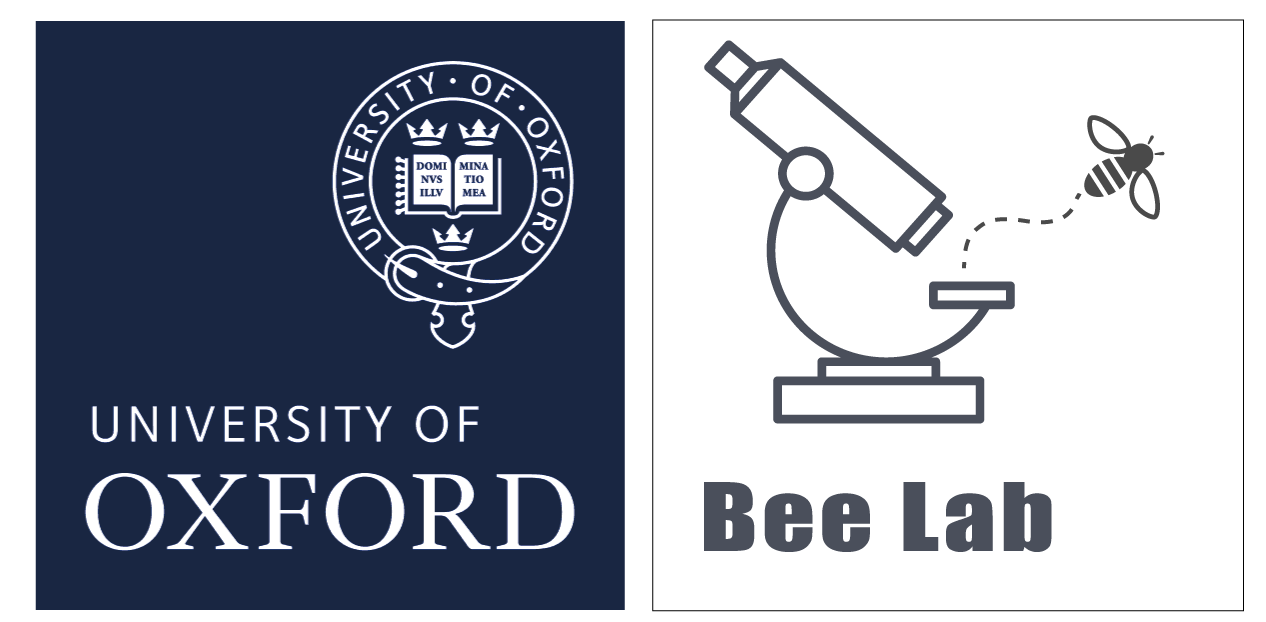The macronutrient regulation of adult worker honeybees
World agriculture relies on insects to pollinate flowering crops, especially soft fruit, vegetable, and nut crops, that are increasingly forming the basis of most human diets. As our diet shifts from grains and cereals to including more vegetables and fruits, the demand for these services continues to grow in step with the world's population. In fact, human consumption of fruits, nuts and vegetables that require pollination has increased as much as 300% in the past 50 years. In addition, other crops that improve seed set when pollinated such as oilseed rape are important for food but are also potential biofuels. Pollinators, and their well-being, are important to our future health and survival.
Domesticated bees are the most important pollinators used in world agriculture. Commercial honeybee keepers maintain thousands of colonies, transporting them to orchards or other agricultural field settings to perform pollination services. Commercial beekeepers often struggle to find enough pollen to feed their colonies, especially at times of year when natural forage is scarce. Insufficient nutrition is one of the main factors for the poor health in honeybee colonies that are beset by pathogens and parasites, as well as exposed to a diversity of agricultural pesticides. In the past 20 years, beekeepers have started to rely on feeding colonies with commercial pollen substitutes but these substitutes are not scientifically formulated and do not have all of the essential nutrients bees need.
Our recent BBSRC-funded research investigated the adult worker honeybee's nutritional needs. We found that adult worker bees self-select proportions of protein and carbohydrate and that their demands for protein and carbohydrate change as a function of their caste. In addition, foods high in protein or essential amino acids reduce survival. We also found that the proportion of essential amino acids in diet affected the regulation of protein intake. Our recent work indicates that diets too high in fat shorten adult worker bee lifespan, and that the proportions of essential fatty acids in food affect learning performance and glandular development in adult worker honeybees.
Here, we propose to extend our research on bee nutrition to identify how bees regulate their protein, fat, and sterols. Our experiments will also examine how sources of proteins, fats, and sterols can be combined to produce mixtures that meet the honeybee's needs for essential nutrients. We will start by testing the digestibility of several potential protein sources and their effect on the intake of food in adult worker bees. Extending our previous research, we will test how the proportion of essential amino acids in dietary protein affects the total amount of protein bees consume. Fat is an important nutrient for bees, and makes up nearly 30% of the dry weight of royal jelly (i.e. glandular secretions fed to larvae and the queen) but is only found at between 5-7% of the dry weight of pollen. In our proposed experiments, we will identify the relative ratio of protein to fat needed by adult worker bees in the presence and absence of brood. Bees also need a dietary source of phytosterols that are found in pollen. We will also perform experiments that test how much of these sterols adult worker bees need to rear brood successfully. Our experiments will lead to a final test of a combination of protein, fat, carbohydrate, and sterols in whole colonies compared to the performance of bees fed with natural pollen. With this information, we will be able to provide advice to beekeepers on the materials and their combinations that can be used to formulate substitutes for pollen when pollen is unavailable.
